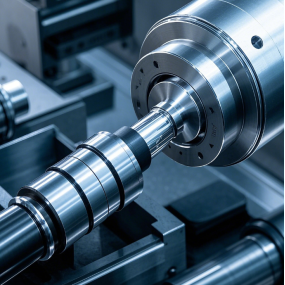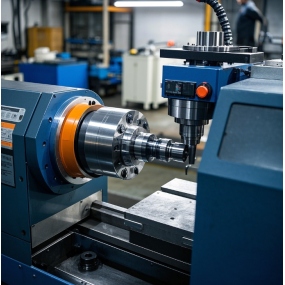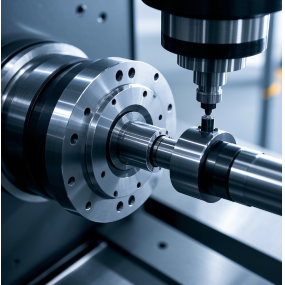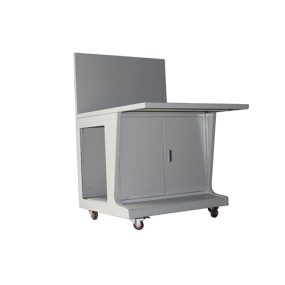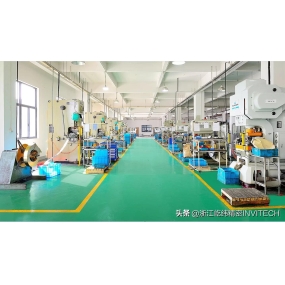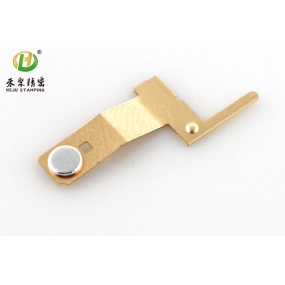Five axis machining is an advanced mode of CNC machine tool machining, which has significant advantages in the field of mechanical manufacturing, especially when machining complex geometric parts. Its working principle and purpose are as follows: 1. Working principle Five axis machining is based on a three-dimensional coordinate system, which achieves precise machining of workpieces by controlling the movement of different directional axes (x, y, z three linear moving axes plus any two rotation axes A, B, C) on the machine tool. The motion of these coordinate axes can be achieved by the movement of the worktable or tool, but the direction is defined by the direction of the tool's motion relative to the workpiece. Usually, five axis linkage refers to linear interpolation motion of any five coordinates in x, y, z, A, B, and C. This multi axis linkage control system can simultaneously machine workpieces in multiple directions, thereby achieving high-precision machining of complex geometric parts. 2、 Due to its unique advantages, five axis machining has a wide range of applications in various fields, including: Aerospace: In the aerospace industry, five axis machining is commonly used to machine body parts, turbine parts, and impellers with free-form surfaces. These parts have complex shapes and high precision requirements, and traditional machining methods are difficult to meet the needs, while five axis machining can easily handle them· Automobile manufacturing: In automobile manufacturing, five axis machining is used to manufacture complex shaped components such as engine cylinder blocks and gearbox housings. These components are crucial for the performance and reliability of automobiles, and the high precision and efficiency of five axis machining can meet the needs of the automotive manufacturing industry· Mold manufacturing: The mold manufacturing industry has high requirements for machining accuracy and surface quality. Five axis machining can achieve high-precision machining of mold cavities and cores, improving the manufacturing accuracy and service life of molds· Precision Machinery: In the field of precision machinery, five axis machining is used to manufacture complex components such as precision instruments and medical equipment. These components usually have the characteristics of high precision and high complexity, and five axis machining can meet their machining needs· Other fields: In addition, five axis machining is widely used in industries such as compressor processing, medical, robotics, national defense, shipbuilding, and alternative energy. In these industries, five axis machining can handle various complex parts such as curved geometries, narrow cavities, and hanging features that other machining methods cannot cover, improving production efficiency and product quality.
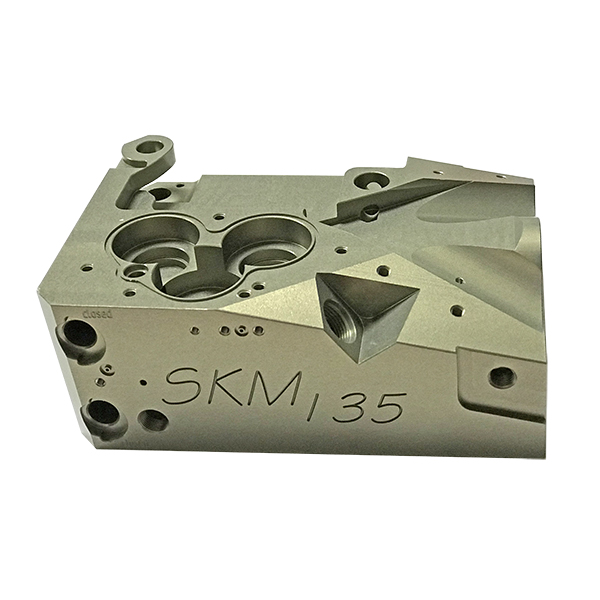


 Spanish
Spanish Arabic
Arabic Spanish Basque
Spanish Basque Portuguese
Portuguese Belarusian
Belarusian Japanese
Japanese Russian
Russian Icelandic
Icelandic Bulgarian
Bulgarian Azerbaijani
Azerbaijani Estonian
Estonian Irish
Irish Polish
Polish Persian
Persian Boolean
Boolean Danish
Danish German
German French
French Filipino
Filipino Finnish
Finnish Korean
Korean Dutch
Dutch Galician
Galician Catalan
Catalan Czech
Czech Croatian
Croatian Latin
Latin Latvian
Latvian Romanian
Romanian Maltese
Maltese Malay
Malay Macedonian
Macedonian Norwegian
Norwegian Swedish
Swedish Serbian
Serbian Slovak
Slovak Slovenian
Slovenian Swahili
Swahili Thai
Thai Turkish
Turkish Welsh
Welsh Urdu
Urdu Ukrainian
Ukrainian Greek
Greek Hungarian
Hungarian Italian
Italian Yiddish
Yiddish Indonesian
Indonesian Vietnamese
Vietnamese 简体中文
简体中文 Haitian Creole
Haitian Creole

